cuisine
This maternity hospital makes having a baby in Japan look like a trip to Tokyo Disneyland.
This cautionary tale proves that the Japanese word for “large serving” could result in having to eat a truly mountainous meal.
Slimy, sticky, and stinky – natto is a triumvirate of all the things picky eaters are likely to find unpalatable. While these fermented beans are actually incredibly good for your health (being rich in vitamins and fibre), they’re nonetheless something that even most Japanese people don’t like eating. But now there’s a new miracle product which claims to make natto perfectly tasty and edible, even for die-hard natto haters.
When you think of gyoza, those traditionally Chinese parcels of meaty, vegetable-y goodness that go so perfectly with a frosty mug of beer, do you imagine they’re more likely to appeal to dainty, health-conscious ladies, or undiscerning, ravenous salarymen? Whilst undeniably delicious, gyoza are generally seen as an unrefined food option – good for a quick stuffing, but hardly haute cuisine. That’s all set to change with the invention of “Happy Maru“, a range of colorful boiled gyoza “dumplings” infused with beautifying collagen and polyphenols for the health and beauty-conscious modern woman. But just what’s so different about them?
Japan sure loves its plastic replica food. It’s a handy way for restaurants to demonstrate the dishes on offer, and it’s an absolute godsend for tourists who don’t read Japanese. Instead of grappling with menus written in complicated characters, they can simply point at the tasty plastic versions. In recent years, however, plastic food has found its way toward decorating all sorts of objects, from phone cases to accessories. We think that things might have gotten a bit out of hand, however, because now you can apparently wear a serving of plastic food around your neck. Join us after the jump to see the whole range!
Throughout the world, Britain is known for many things–great music, excellent literature, and sexy men. One thing the country isn’t known for, though, is their good food. In fact, if you ask nearly anyone what they think of British food they’ll probably stick their tongues out and make gagging noises.
It’s a bit unfair, but even in Tokyo–where you can find restaurants serving cuisine from all over the globe–the closest you’ll find to British food is a pub. Although, we have to admit, our friends from the Queen’s country at least know how to serve a good drink.
Recently, though, Mr. Sato and Yoshio, both writers for the Japanese side of RocketNews24, got their hands on a carton of Pot Noodle, a brand of instant noodles so awful “it was voted the ‘most hated brand’ in the UK in a 2004 poll.” And what did our Japanese colleagues think of these awful noodles?
In the first two articles of our three-part series on interesting ways to enjoy Kyoto based on my recent visit to the popular tourist city, I have already written about an attractive place to stay and a fascinating historic site to visit. In the third and final article of the series, I thought I would introduce a restaurant where you can have a truly unique dining experience, because of course, no trip to Kyoto would be complete without tasting the numerous culinary delights the city has to offer. The restaurant I visited was Hyotei, a famous establishment with a long history that specializes in Japanese kaiseki cuisine. And what is so unique about dining there? Well, for starters, you can have a breakfast rice porridge dish (asagayu) that costs 4,500 yen (US$45)!
Ladies and gentlemen, boys and girls! Hungry students and budgeting businespeople! Have we got a great deal for you! Yoshinoya’s gyūdon beef bowls – made with the same USA beef, rice, onion and delicious marinade as ever – is available for just 250 yen!
This isn’t a special offer. This isn’t for a limited time only. This is 24 hours a day, seven-days-a-week wallet-friendly value. Available at a number of special Tsukiji Yoshinoya restaurants, for just US$3, you can have a big, hearty warming dish of rice and beef, guaranteed to warm your soul and fill you up until your next meal.
Our top dog Kuzo headed out to try the beef bowl for himself, and he can confirm that this is the same Yoshinoya grub that we know and love, for 130 yen ($1.60) less than normal!
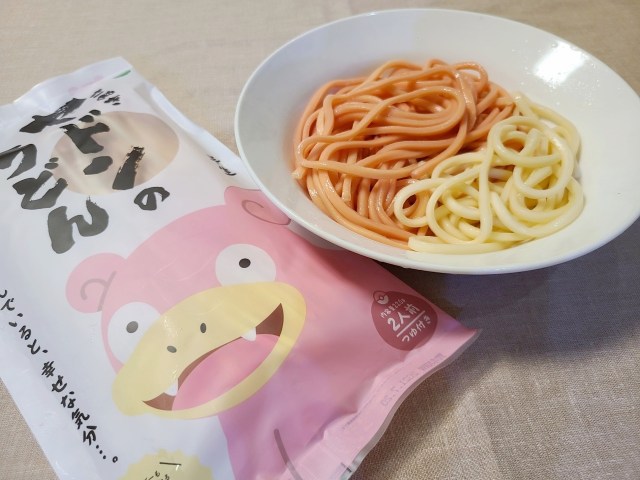
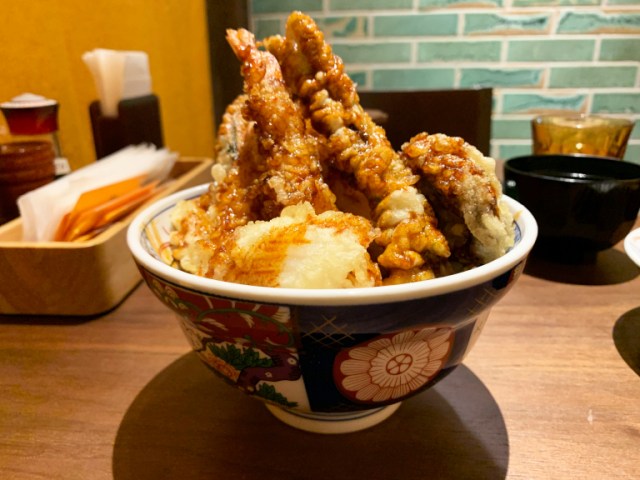
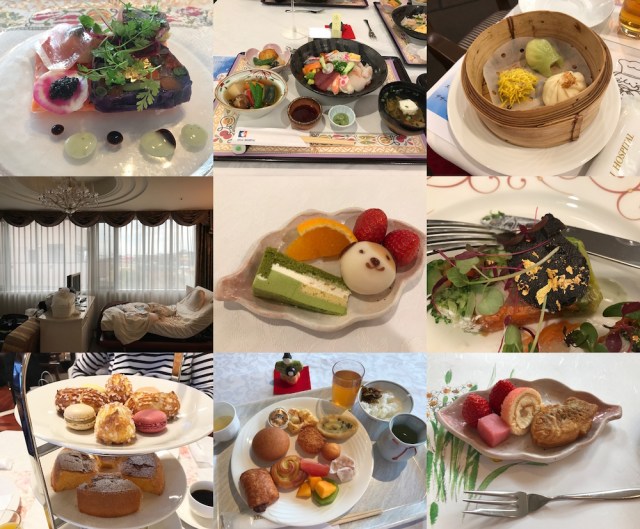
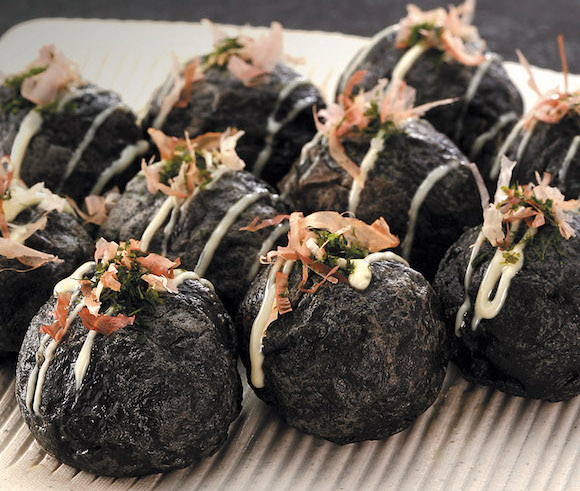
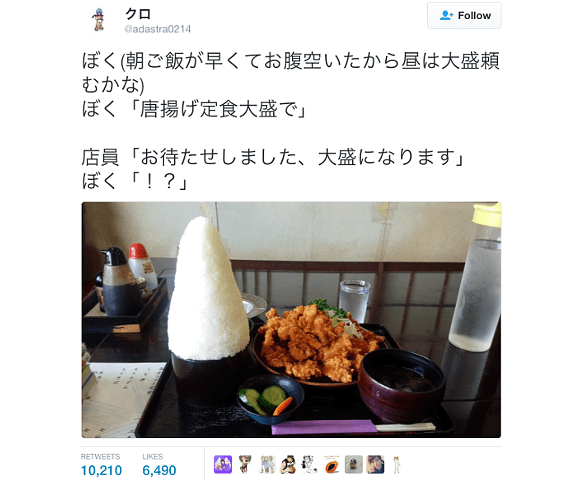
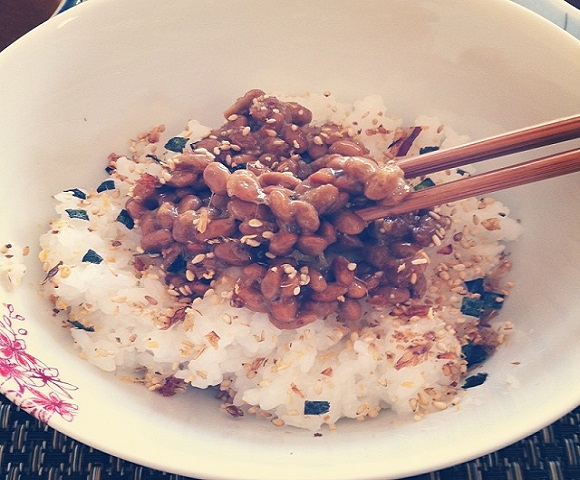
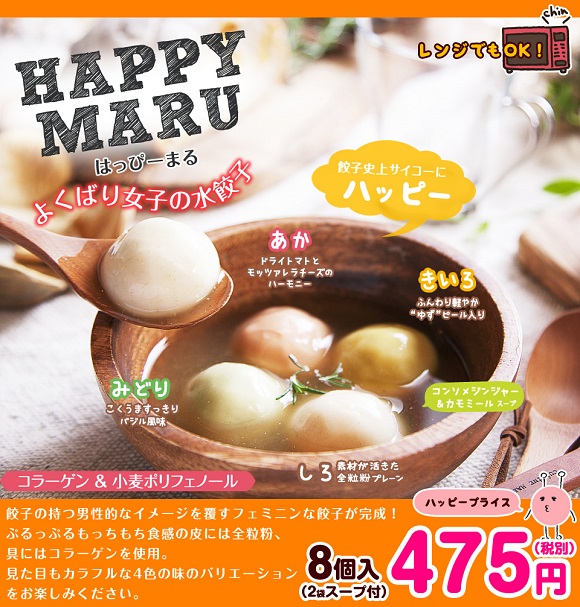
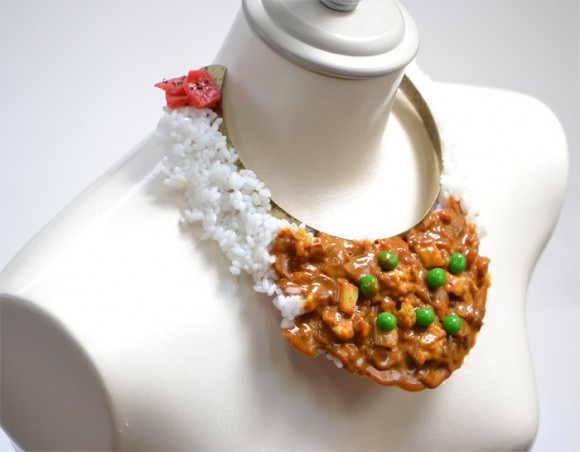
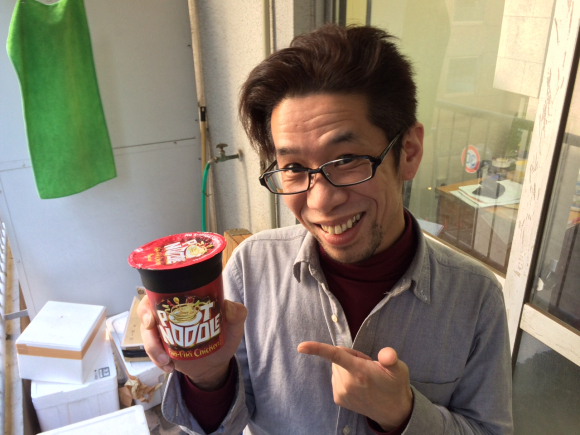
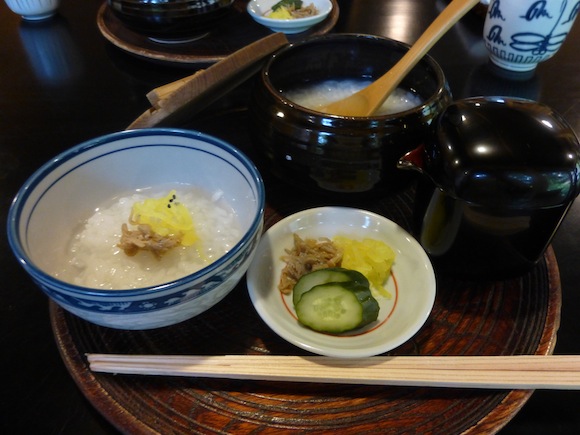
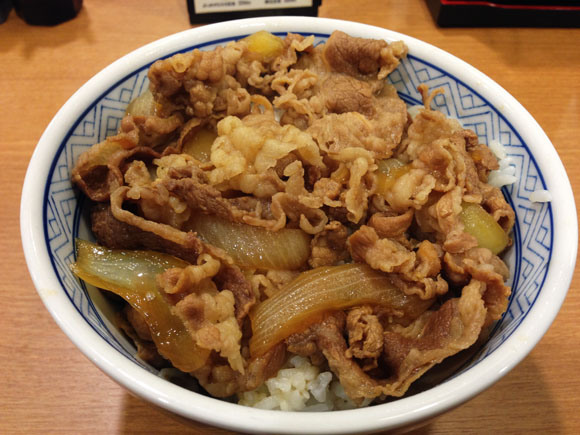
 Non-tourist trap fish market in northeastern Japan captures our hearts with amazing sashimi
Non-tourist trap fish market in northeastern Japan captures our hearts with amazing sashimi Shibuya Burger King releases tongue-in-cheek poster to announce it will be closed on Halloween
Shibuya Burger King releases tongue-in-cheek poster to announce it will be closed on Halloween Kyoto becomes City of Yokai, with Night Parade of One Hundred Demons festival this autumn
Kyoto becomes City of Yokai, with Night Parade of One Hundred Demons festival this autumn What’s the deal with akebi, the perfectly purple, alien-like fruit that’s in season now in Japan?
What’s the deal with akebi, the perfectly purple, alien-like fruit that’s in season now in Japan? Studio Ghibli reveals new range of fluffy Totoro tummy towels
Studio Ghibli reveals new range of fluffy Totoro tummy towels One of Japan’s most awesome rail passes, the Seishun 18 Ticket, just got a lot less awesome
One of Japan’s most awesome rail passes, the Seishun 18 Ticket, just got a lot less awesome Why was the Lithuanian ambassador to Japan working in a fast food beef bowl joint in Tokyo?
Why was the Lithuanian ambassador to Japan working in a fast food beef bowl joint in Tokyo? Foreign tourist angers locals for doing pull-ups on torii gate at shrine in Japan
Foreign tourist angers locals for doing pull-ups on torii gate at shrine in Japan McDonald’s Japan debuts new anime girl mascot character with incredibly long name
McDonald’s Japan debuts new anime girl mascot character with incredibly long name Korean basketball coach humiliates player live on TV, tapes his mouth shut
Korean basketball coach humiliates player live on TV, tapes his mouth shut Totoro, Calcifer, other Ghibli stars returning as humidifiers ahead of Japan’s dry winter days【Pics】
Totoro, Calcifer, other Ghibli stars returning as humidifiers ahead of Japan’s dry winter days【Pics】 Is downtown Tokyo’s crazy cheap 290-yen bento boxed lunch shop still around, and is it still cheap?
Is downtown Tokyo’s crazy cheap 290-yen bento boxed lunch shop still around, and is it still cheap? Meet the kind Japanese grandpa who takes photos for tourists at the Hachiko statue in Shibuya
Meet the kind Japanese grandpa who takes photos for tourists at the Hachiko statue in Shibuya Studio Ghibli releases new “Butterflies in the Forest” Totoro towels
Studio Ghibli releases new “Butterflies in the Forest” Totoro towels Studio Ghibli releases new mug tumblers featuring anime movie characters
Studio Ghibli releases new mug tumblers featuring anime movie characters How to power up the coolest cheap souvenir from Nintendo’s official shop with a trip to Daiso
How to power up the coolest cheap souvenir from Nintendo’s official shop with a trip to Daiso Line of foreign tourists leads us to Akihabara’s meatiest fatty ramen【Taste test】
Line of foreign tourists leads us to Akihabara’s meatiest fatty ramen【Taste test】 Japanese convenience store Family Mart announces abolishment of eat-in spaces
Japanese convenience store Family Mart announces abolishment of eat-in spaces Studio Ghibli releases new insect whistle necklace from Nausicaä of the Valley of the Wind
Studio Ghibli releases new insect whistle necklace from Nausicaä of the Valley of the Wind Totoro sequel anime Mei and the Baby Catbus will screen at Ghibli Park this winter
Totoro sequel anime Mei and the Baby Catbus will screen at Ghibli Park this winter Starbucks Japan unveils Halloween Frappuccino for 2024, and it’s like drinking a magic spell
Starbucks Japan unveils Halloween Frappuccino for 2024, and it’s like drinking a magic spell Evangelion creator Hideaki Anno returning to anime with new project for 50-year-old franchise
Evangelion creator Hideaki Anno returning to anime with new project for 50-year-old franchise Studio Ghibli releases new Howl’s Moving Castle goods that capture the magic from the anime movie
Studio Ghibli releases new Howl’s Moving Castle goods that capture the magic from the anime movie Adult Jam Bread causes a stir at store in Tokyo
Adult Jam Bread causes a stir at store in Tokyo Right now is the peak time to go to Tokyo’s most-beautiful-view beer garden【Photos】
Right now is the peak time to go to Tokyo’s most-beautiful-view beer garden【Photos】 Pizza Hut adds a “Guilty Secret” sandwich to its menu for a limited time
Pizza Hut adds a “Guilty Secret” sandwich to its menu for a limited time McDonald’s new Happy Meals offer up cute and practical Sanrio lifestyle goods
McDonald’s new Happy Meals offer up cute and practical Sanrio lifestyle goods Foreign tourists on Shinkansen bullet train break suitcase etiquette, angering local passengers
Foreign tourists on Shinkansen bullet train break suitcase etiquette, angering local passengers [Deleted] Article written for April Fool’s Day 2018
[Deleted] Article written for April Fool’s Day 2018 Japanese government to make first change to romanization spelling rules since the 1950s
Japanese government to make first change to romanization spelling rules since the 1950s Foreigner’s request for help in Tokyo makes us sad for the state of society
Foreigner’s request for help in Tokyo makes us sad for the state of society Ghibli founders Toshio Suzuki and Hayao Miyazaki contribute to Japanese whisky Totoro label design
Ghibli founders Toshio Suzuki and Hayao Miyazaki contribute to Japanese whisky Totoro label design Tokyo’s most famous Starbucks is closed
Tokyo’s most famous Starbucks is closed Princesses, fruits, and blacksmiths: Study reveals the 30 most unusual family names in Japan
Princesses, fruits, and blacksmiths: Study reveals the 30 most unusual family names in Japan Doraemon found buried at sea as scene from 1993 anime becomes real life【Photos】
Doraemon found buried at sea as scene from 1993 anime becomes real life【Photos】 One of Japan’s most awesome rail passes, the Seishun 18 Ticket, just got a lot less awesome
One of Japan’s most awesome rail passes, the Seishun 18 Ticket, just got a lot less awesome Why was the Lithuanian ambassador to Japan working in a fast food beef bowl joint in Tokyo?
Why was the Lithuanian ambassador to Japan working in a fast food beef bowl joint in Tokyo? Foreign tourist angers locals for doing pull-ups on torii gate at shrine in Japan
Foreign tourist angers locals for doing pull-ups on torii gate at shrine in Japan McDonald’s Japan debuts new anime girl mascot character with incredibly long name
McDonald’s Japan debuts new anime girl mascot character with incredibly long name Korean basketball coach humiliates player live on TV, tapes his mouth shut
Korean basketball coach humiliates player live on TV, tapes his mouth shut Line of foreign tourists leads us to Akihabara’s meatiest fatty ramen【Taste test】
Line of foreign tourists leads us to Akihabara’s meatiest fatty ramen【Taste test】 Studio Ghibli releases new “Butterflies in the Forest” Totoro towels
Studio Ghibli releases new “Butterflies in the Forest” Totoro towels Starbucks Japan unveils new limited-edition Frappuccino for autumn
Starbucks Japan unveils new limited-edition Frappuccino for autumn Our Osaka native taste-tests the extra-expensive, extra-large Bikkuri Takoyaki octopus balls
Our Osaka native taste-tests the extra-expensive, extra-large Bikkuri Takoyaki octopus balls Japanese government wants to acquire original anime and manga art for creation of national archive
Japanese government wants to acquire original anime and manga art for creation of national archive How to power up the coolest cheap souvenir from Nintendo’s official shop with a trip to Daiso
How to power up the coolest cheap souvenir from Nintendo’s official shop with a trip to Daiso 4 Days in Tohoku, Japan’s Northeastern Treasureland
4 Days in Tohoku, Japan’s Northeastern Treasureland Hey, Japanese taxi driver! Take us to the best horror in Tokyo!
Hey, Japanese taxi driver! Take us to the best horror in Tokyo! The 10 most attractive Japanese women’s names, as chosen by dating app users
The 10 most attractive Japanese women’s names, as chosen by dating app users